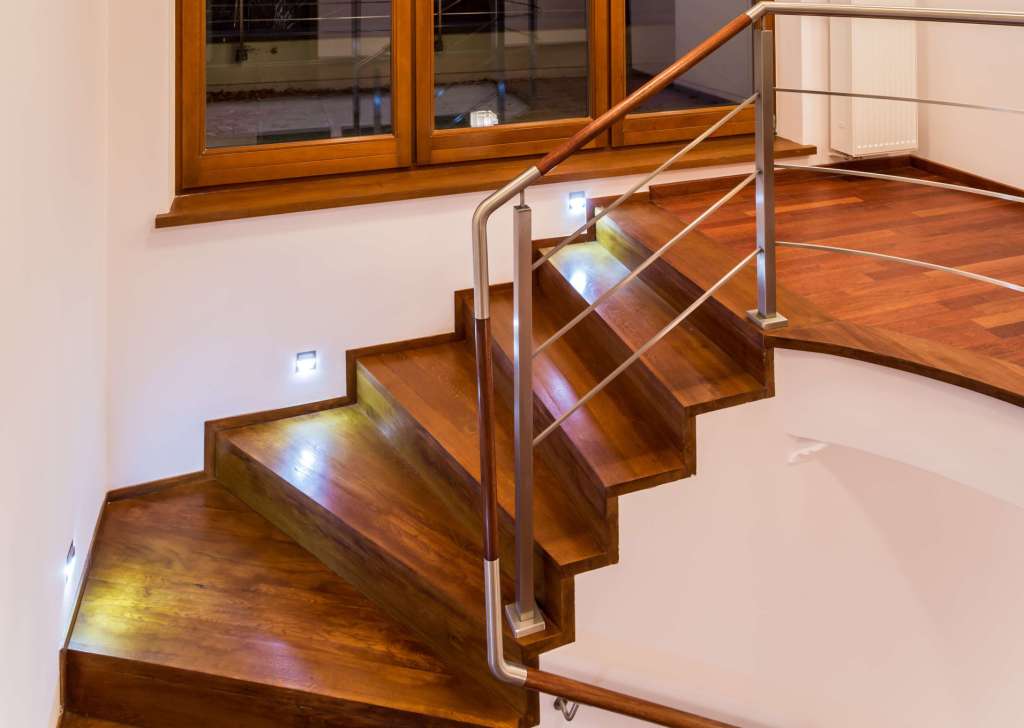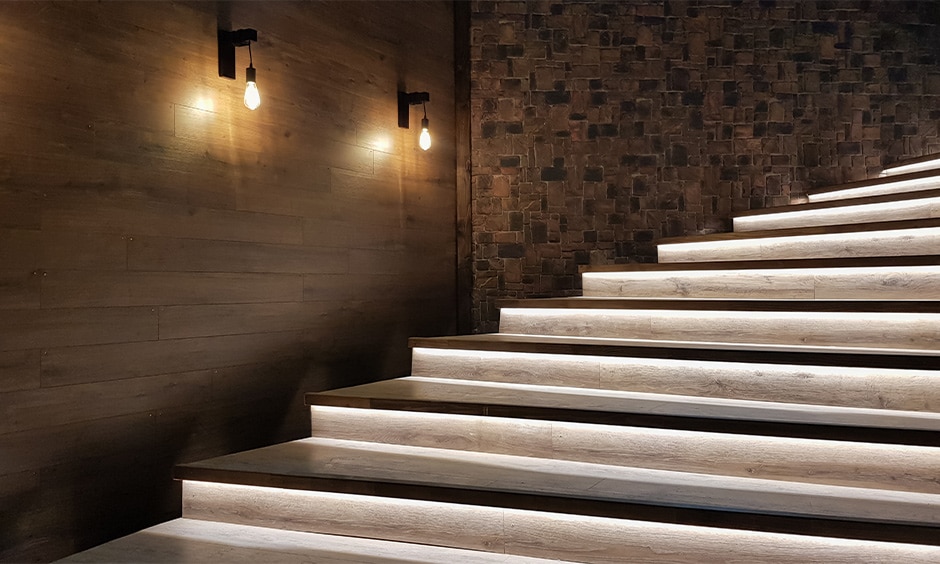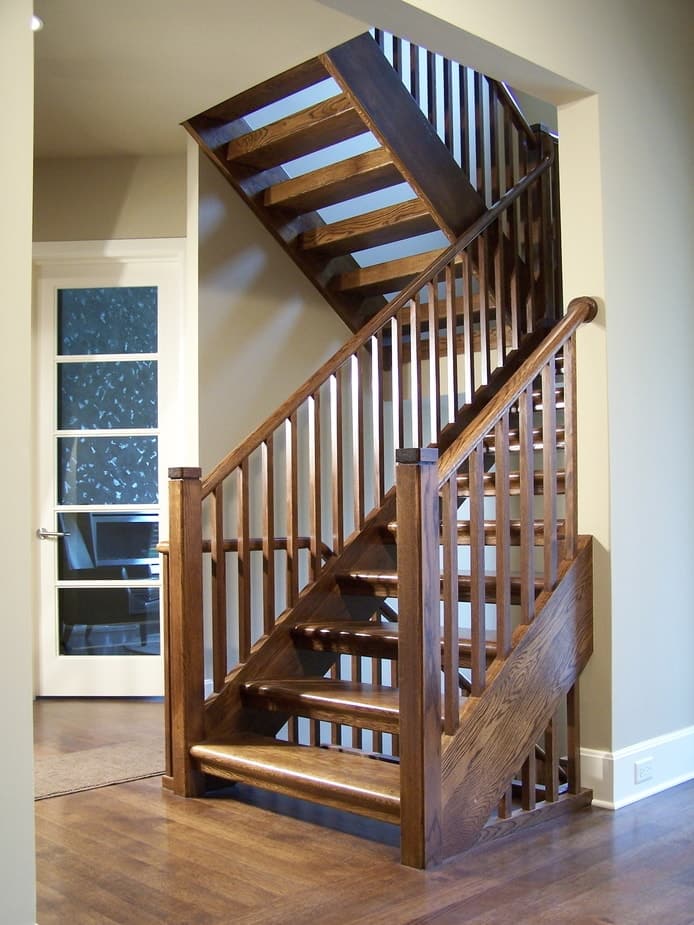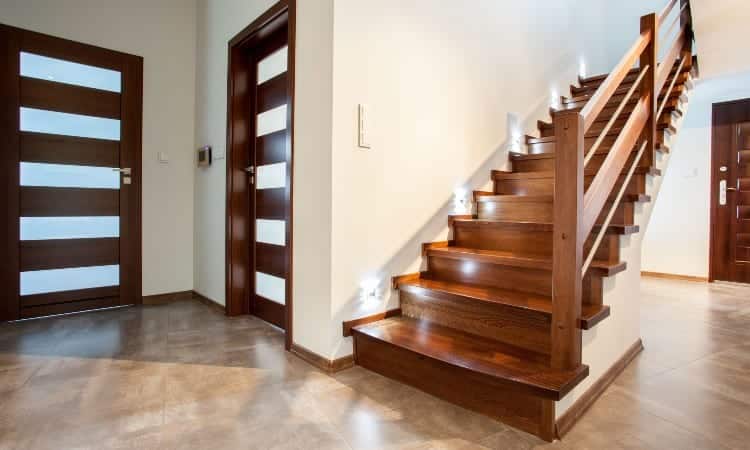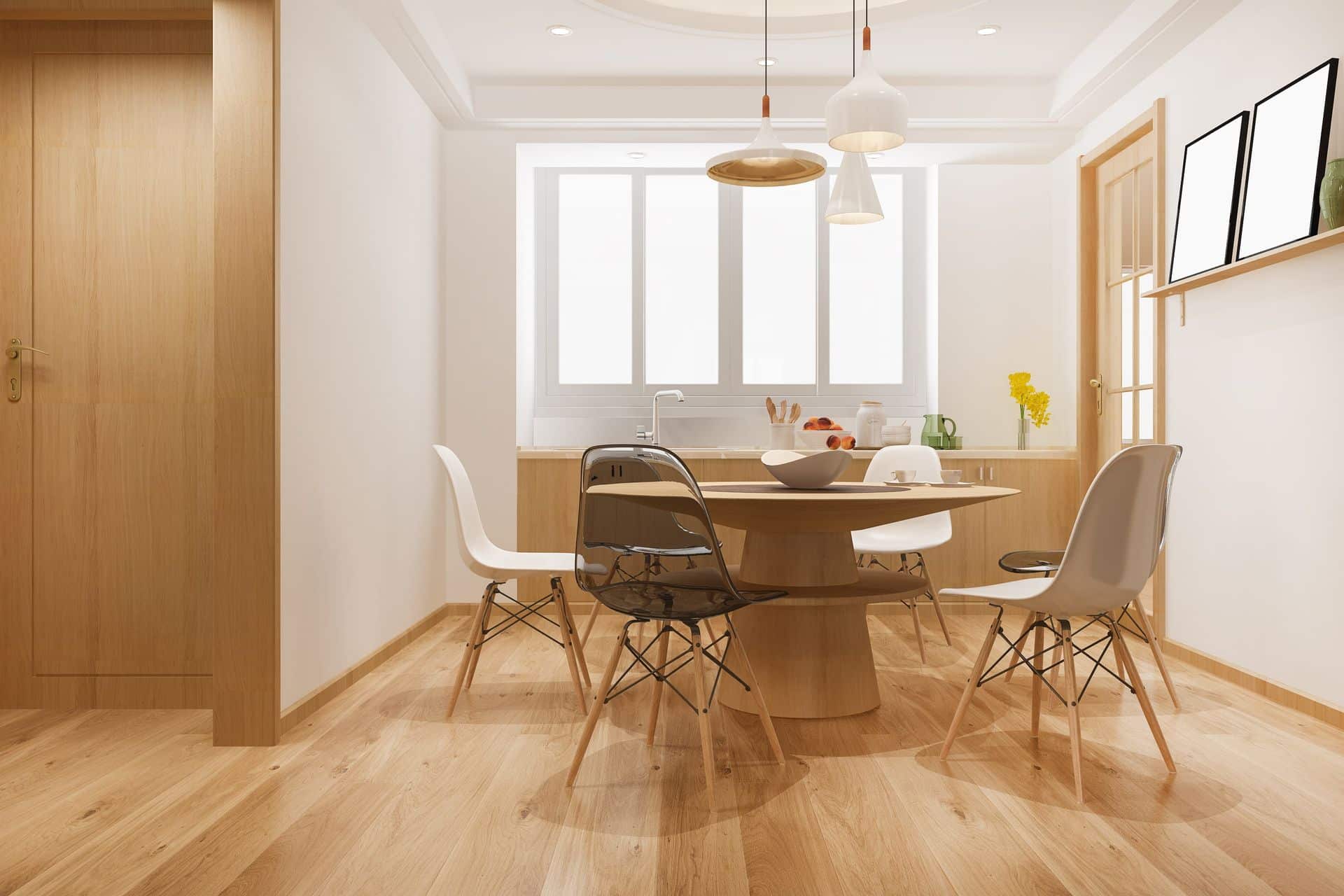How is the Number of Stairs in a Flight Determined?
Flights are the main source of transportation for many people. Everyone has an idea of what flight they are using and all other info about that. But, have you ever noticed how many stairs are there in a flight and how they are determined? There could be many factors, on which the number of stairs in a flight can depend.
The number of stairs in a flight can affect the comfort and other important considerations that should be taken care of for the sake of the passengers.
So, let’s see those factors which determine the number of stairs in a flight and how many stairs in a flight.
1. Historical Perspective on Stair Design

Staircases have been a great part of how people build things for many years. The way stairs are designed has changed as we learn new ways to build, and our ideas about buildings have changed. In the past, in places such as Egypt and Greece, stairs were mostly practical. Helping us get from one level of a building to another. As time went on and our ideas about buildings changed, so did the way we designed stairs. Sometimes, what we believed culturally influenced how we designed them.
2. Regulations and Building Codes

International Building Codes
In modern architecture, stairs follow strict rules set by international building codes. These rules say how big or small different parts of a staircase should be, like how wide each step is, how tall each step is, and where to put handrails. Following these rules makes sure that stairs are safe and easy for everyone to use.
Local Building Codes
Worldwide rules and local building rules might have specific needs based on the area. For example, places that often have earthquakes might require stronger staircases to keep them safe during shaking. Architects and builders must follow both worldwide and local rules to make sure their staircase designs are safe and legal.
3. Architectural Considerations
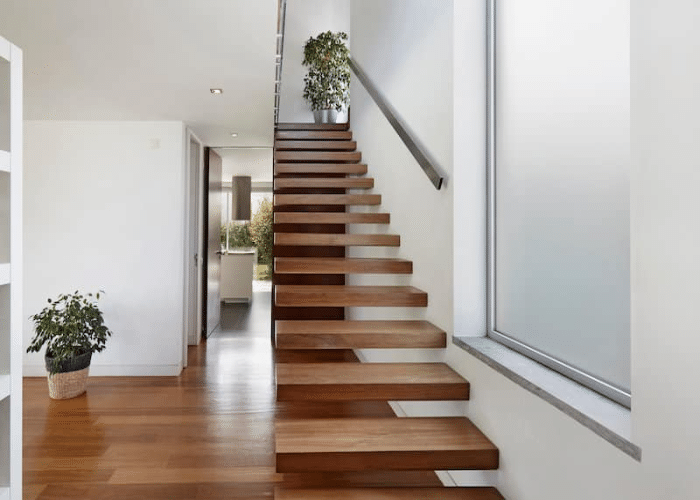
Space Constraints
One of the main things that decide how many stairs are in a set of stairs is how much space is available. In smaller buildings or tight spaces, designers have to be careful to use the space well while keeping safety in mind. This often means making compact staircases with shorter sets of stairs and more flat areas to land on.
Aesthetic and Functional Design
Stairs do more than just help you move up and down. They also make a place look nice. Architects like to make stairs stand out in a building by using cool materials, interesting shapes, and artsy things to make them look good. Making stairs look good while they still work well is important.
4. Structural Factors
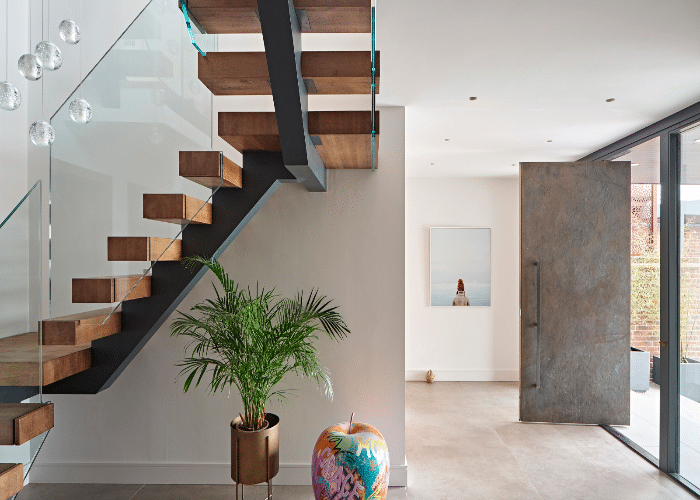
Load-Bearing Capacity
The strength of a building is very important for deciding how many stairs it can have in a set. Stairs need to share the weight of people walking on them equally to avoid any building problems. Engineers figure out how much weight a set of stairs can handle to know the most stairs it can have.
Material Selection
The materials used for stairs affect how they look and how many steps there are. Wood, steel, concrete, and glass are common choices, and each one has its own characteristics that shape how the stairs are made.
5. Safety Measures

Handrail and Guardrail Requirements
Besides handrails and guardrails, there are some other really important things to think about when it comes to stair safety. One big thing is how the steps are made, such as how wide they are and how tall each step is. The steps should be wide enough for a person’s foot so it’s comfy to walk on them, and they should all be the same to avoid tripping. Also, each step should be the same height so you always know what to expect when you’re climbing.
Tread and Riser Dimensions
The amount of tread and the height of each step directly affect how comfy and safe stairs are to use. It’s important to get the right balance because stairs that are too sharp or not sharp enough can cause accidents and discomfort for people using them.
6. Technological Advancements

Use of Stair Calculators
Advancements in technology have made it easier to figure out how many stairs are in a staircase. Stair calculators, computer programs, and design software help architects and engineers create stairs that work well, look good, and fit in the available space.
3D Printing in Staircase Design
Advancements like 3D printing have opened up new possibilities in staircase design. This technology lets us make fancy and specially designed stairs that used to be tough to create. Architects can now come up with unique stair designs that go beyond regular building methods.
Conclusion
We’ve learned how the number of stairs in a flight is determined. It’s all about safety and convenience. The number of stairs in a flight depends on two basic things. The height you need to climb and how comfortable you want it to be. First, you measure the height you want to go up or down. Then, you divide that height by a standard height for each step.
This standard height is usually around 7 to 8 inches. Doing this simple maths gives you the number of steps needed.

